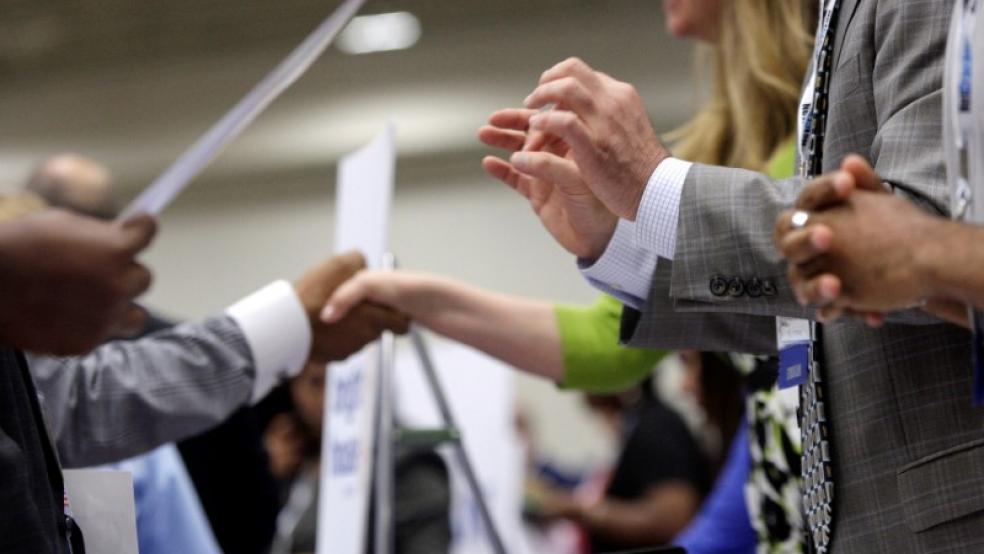If any undecided voters out there were waiting for the last possible official economic indicator they could look at before heading out to cast a ballot, the Job Openings and Labor Turnover Summary released by the Bureau of Labor Statistics this morning probably won’t help them make up their minds.
The report, which looked at data through the final day in September, could be a metaphor for the U.S. economy in the final months of President Obama’s term: good but not great, with some high points and some potentially worrying signs. The rate of job openings was up slightly, and remains well above the level seen before the Great Recession. The hire rate, though, was down slightly, and doesn’t appear likely to reach pre-recession levels anytime soon.
Related: Gamblers Go All In on US Presidential Election
A bright spot was a record low level of layoffs and discharges, which fell to one percent. The quits rate, which measures people voluntarily leaving their jobs and is generally viewed as a sign of strength on the labor market, remained somewhat high at 2.1 percent, where it has been since June.

“We view the September JOLTS report as consistent with our view that the labor market continues to improve but that job gains will moderate from the robust pace seen over the past few years,” wrote Daniel Silver of JP Morgan Research. “The job openings and hires rates still look solid by the standards of this expansion, but soft relative to many of the figures from the past year or so.”
Also out on Tuesday was the National Federation of Independent Businesses Small Business Optimism Index, which registered a significant uptick from 94.1 to 94.9.

But the news wasn’t all good for businesses, observed American Bankers Association analyst Tim Nicholson. “Labor market conditions softened, as only 55% of businesses reported hiring or trying to hire, down 3 points from September. Forty-eight percent reported few or no qualified applicants for open positions (unchanged from September). Fifteen percent of employers surveyed cited the difficulty of finding qualified workers as their top business problem. A seasonally adjusted net 10% of employers plan to create new jobs, unchanged from the previous month.”
Related: Clinton’s Improved Odds Spark Global Stock Market Rally
Andrew Hunter, U.S. economist for Capital Economics, said that on balance, the news is good for workers -- if they’re patient.
“The latest NFIB and JOLT surveys provide further evidence that labour market slack is diminishing only very gradually. That said, they suggest that the recent acceleration in wage growth is set to continue.”
Workers, whose hourly wages have grown about 2.8 percent this year, are likely to see further increases in 2017, Hunter said.
“The voluntary quits rate remains elevated and, along with the high number of firms in October’s NFIB survey saying that labour quality is their biggest problem, suggests that hourly wage growth could rise above 3% by early next year. The rise in the annual growth rate of average hourly earnings to a seven-year high in October suggests that this acceleration has already begun.”





